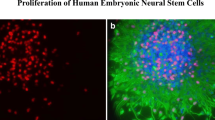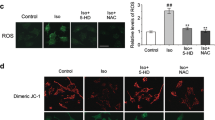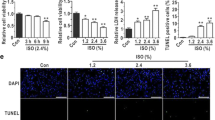Abstract
The volatile anesthetic, sevoflurane, undergoes degradation by soda lime to form Compound A (2-fluoromethoxy-1,1,3,3,3-pentafluoro-1-propene). Compound A is toxic in vivo with the kidney being the primary target. However, peripheral neuropathy was recently reported in a group of healthy volunteers who received sevoflurane. The present study was undertaken to evaluate the toxicity of Compound A to neural cells. Rat glioma C6 cells were grown in T25 flasks in 5 mL of DMEM/F12 were exposed to Compound A, and the viability of cells was determined at various time points by trypan blue exclusion. Within 1 h after the addition of 10 μL of Compound A, the fragmentation of cell processes and rounding of cell bodies became apparent. The cellular degeneration progressed over time resulting in the loss of all viable cells from the cultures within 6 h. Even brief exposures to Compound A ranging from 5 to 30 min resulted in massive cell death observed 24 h later, and the toxicity was concentration-dependent. These preliminary experiments indicate that Compound A is a potent toxin to glial cells in vitro. A plausible mechanism for this toxicity entails the depletion of intracellular glutathione resulting in oxidative stress of the cells. However, the relatively high doses of Compound A used to observe its effects do not support the toxicity of Compound A to glial cells under clinical conditions.
Similar content being viewed by others
Author information
Authors and Affiliations
Rights and permissions
About this article
Cite this article
Konat, G.W., Kofke, W.A. & Miric, S. Toxicity of Compound A to C6 Rat Glioma Cells. Metab Brain Dis 18, 11–15 (2003). https://doi.org/10.1023/A:1021922500998
Issue Date:
DOI: https://doi.org/10.1023/A:1021922500998




